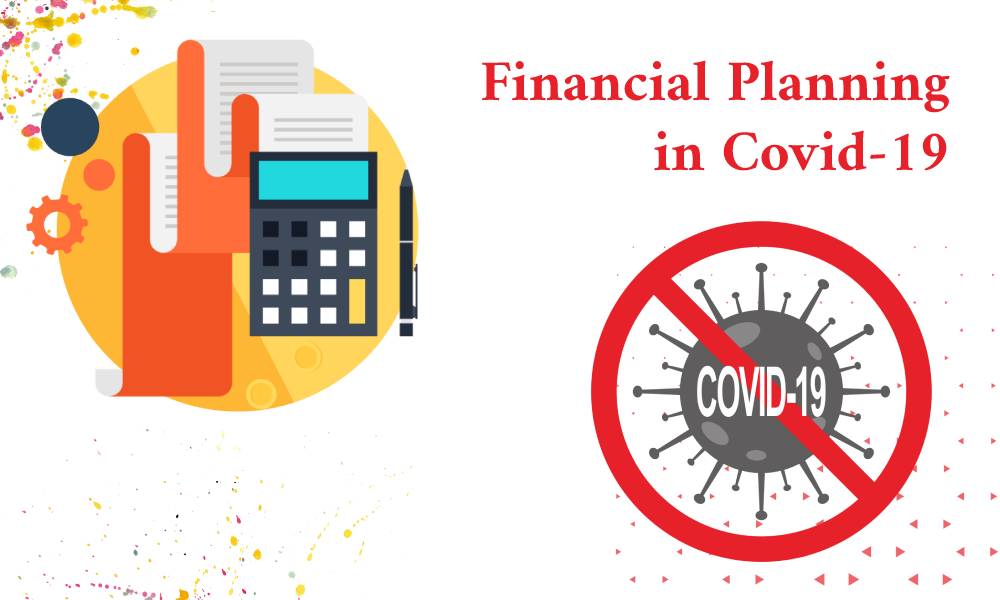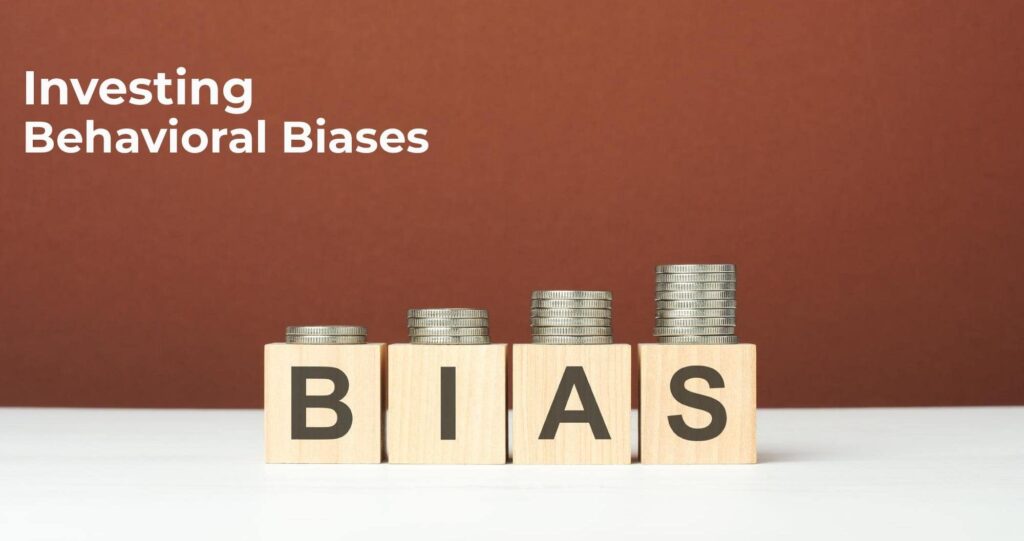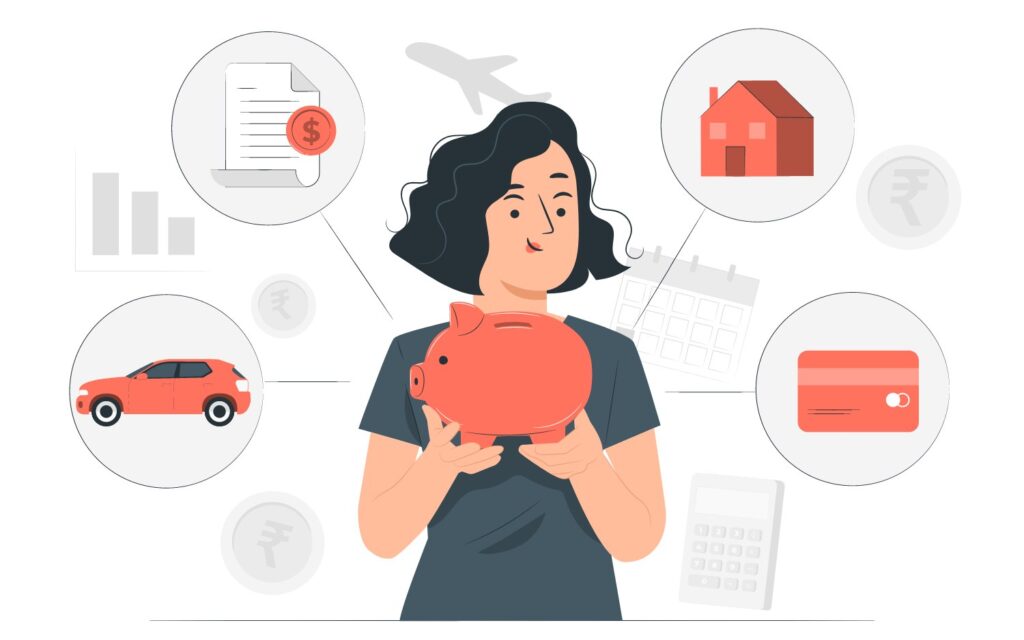Managing Funds After Retirement
The key area of retirement planning is to have an adequate level of planning in such a way that there is the required amount of funds available at the time of retirement. This is the primary aim of retirement planning but the issue of management of the funds does not end with the person touching the age of retirement. This is because there has to be an effective management of the funds even after retirement so that the targets that are set in front of the person are achieved.
The management of the funds after retirement consists of several steps:
Knowing The Amount Available For Investment
One has to take a tally of the total amount available with the individual for the purpose of retirement. The key here is that the amount will not be available at this point of time. For example, consider a person who has retired from service of a private organisation. There are several areas wherein the required funds will be present for the purpose of retirement planning. However, within this not all of them will be available at a single point of time. The amount received from the company as the payment on account of the provident fund or some other lumpsum like gratuity will be available in the form of cash and they are available in hand. So, the first thing to do will be putting these funds in the right areas in a proper manner to give the optimum benefits. There will be other funds also but they may not be available for investment at that particular point of time. It is very likely that some of them keep coming in at regular intervals. This will be the starting point of managing the funds after retirement. This step is as important as the entire process of retirement planning because the actual amount of funds coming in after retirement depends upon how one has been able to perform on this front.
Matching These With The Needs At The Time Of Retirement
Once the figure of the available funds as well as the time period when they will be coming in is known, then the next step is to look at the needs present at that point of time and then put these funds to use with the needs present there. In terms of knowing the ends, one has to first understand the kind of requirement that the fund will be put to. All that one has to do is to ask the right questions.
For example, check out how much money would be required to run the household. Till the time of retirement the work or the salary income was sufficient or rather was being used to meet these needs. Now that this route of income has been done away with, the need has to be met from several other sources. This is the key to understanding how a person should be able to invest the required funds at the time of retirement so that the required amount of income is generated.
Similarly, there can be other needs like purchases, medical expenses or even entertainment. It is difficult to predict when such needs will arise and one would have to be careful and ensure that the funds are diverted to the right direction and the right manner.
Moving Funds To Income Payout Areas
For a long period of time, the entire focus of retirement planning was different. Through the working life of an individual, the key point of retirement planning has been to save funds for the time one retires. One of the factors that played a very important role in the issue is that the funds are kept in such a way that they cannot be accessed easily. This is to ensure that the individual does not use the funds meant for retirement in some other areas so that the original objectives remain unfulfilled. Now at the time of retirement, the investment needs of the individual changes. The funds have to be in areas that allow for immediate payout because the earnings have to go on to meet the current needs of the individual. This requires an entirely different way of investing and due to this there has to be a complete change as far as the investment strategy is concerned. In this area, the focus of the individual while making the investment has to shift to areas that allow for a regular flow of income.
Doing this task is also a very difficult thing because the payout stream has to match with the exact needs of the person. So, if an individual requires a payout each month and the alternative routes of investment are able to ensure a payout only every quarter then these have to be matched. There are several areas of investment and one would have to make various choices in this to ensure that there is a way in which the required amounts of funds are available and that too at the right time.
Monitoring The Performance Of Funds
The way in which the first installment of the investment is made does not mean that the process is over at that point of time. In fact, that is just the beginning of the process for the individual and there is a lot of work that still needs to be done so that the aims and objectives of the retirement planning are achieved. There will be various points of time when amounts keep coming in for the individual and at each of these stages the person has to ensure that the amounts here are invested in terms of a plan and in accordance with what is the actual requirement. There also has to be some element of planning by looking forward and deciding how the entire sum will be arranged and invested. This has to be taken hand in hand with the monitoring of the new investments that have been made after retirement. It is important to see that the funds are doing what they are supposed to do. So, this can only be monitored when one is able to keep an eye on them and see if there is any problem that crops up in the investment process. The performance has to be seen in such a way that the targets are being achieved. In fact, earning the highest amount of returns is not the only objective for the individual because in several cases the highest earning route has to be sacrificed for an alternative that gives a lower rate of return but meets the objectives in terms of liquidity and payout.
Turning Over The Various Amounts Present
There has to be a regular time frame when the various amounts of investments available with an individual is turned over and even in fact changes so that they are in tune with the overall requirements. There can also be a situation wherein the needs of the person changes. For example, a person who has just retired might not have a very high expense for some point of time. Then, if there is an illness or some other event that requires a large amount of medical cost then the requirement for funds to meet the regular medical bills might jump for a short period of time. During this time period there will be a heavy pressure to get a regular income and this might require some sudden change in the way the investments have been made by the individual.
In some cases, there might also be the need to churn some investment to get some tax benefits. This is a requirement that every one might face and it is very difficult to say when such a situation might arise. One has to be prepared and one should accept these as a part of day-to-day activities that one would encounter in the period after retirement.
Various Instruments That Will Help One With Retirement Planning
There are several instruments in the Indian market that provide some sort of regular income for individuals at the time of retirement and one should make the best use of these to meet the targets.
Senior Citizen Savings Scheme
This scheme is open for investment by people who are 60 years and above. A person who has turned 55 and who retires can also invest in this scheme if they do it within a month of receiving the retirement funds. The maximum amount of investment under this scheme is Rs 15 lakh and the spouse can be added as a joint holder. The account for this scheme can be opened in post offices as well as several public sector banks. Transfer of funds from one place to the other is also allowed.
The most attractive part of the scheme is the interest rate, which is 9% per annum and this is payable quarterly. It may not suit people looking to receive monthly income but for others, this is a nice way to earn a higher return. This is a five-year scheme with an option to be extended up to three years. Liquidity is limited in the sense that part amounts cannot be withdrawn from the scheme.
Annuities
Annuities are sums received each month from the insurance company in lieu of the capital accumulated for the purpose. Based on the earnings, the insurance company pays out a specified annuity. This means that there is an earning on the amount that has been deposited with the insurance company and the individual is able to get a payout on this sum without having to do anything extra. It is one of the best ways to earn a regular monthly income. That is also the reason why most experts would suggest that one converts their large sums into an annuity at the time of retirement.
Fixed Deposits
Fixed deposits yield income in the form of interest as per the payment schedule for that particular deposit. This would mean the payment is either at the end of a quarter, half yearly or even annually. In case of a cumulative fixed deposit, the amount of interest is paid at the time of maturity of the deposit. Since the payout can be at different time intervals like quarterly or even semi-annually, this might not be the best way to ensure a regular payout for the individual.
Monthly Income Scheme
The most well known scheme under this head is the POMIS, where the investor earns 8% on the monthly income scheme. Here, the amount is paid out each month to the individual. Earlier, there was a 10% bonus for the investor at the time of maturity. But this has now been eliminated. The maximum investment in this route is Rs 3 lakh for an individual and Rs 6 lakh for a joint holding. Besides the POMIS account, a savings account is also required as the monthly income is given as payout and this has to go to a certain account. Several post offices have the facility of using the ECS (electronic clearing system) for crediting the payment directly into the account of the individual for an additional charge.
Monthly Income Plan Of Mutual Funds
The feature of such schemes is that they pay out a regular dividend each month. However, this is not a fixed payment as the payout can stop when the situation is not too good in the market in which the funds of the scheme are invested. There is no guarantee for the amounts received here because this is declared and the amount paid out each month depending upon the performance of the scheme.






